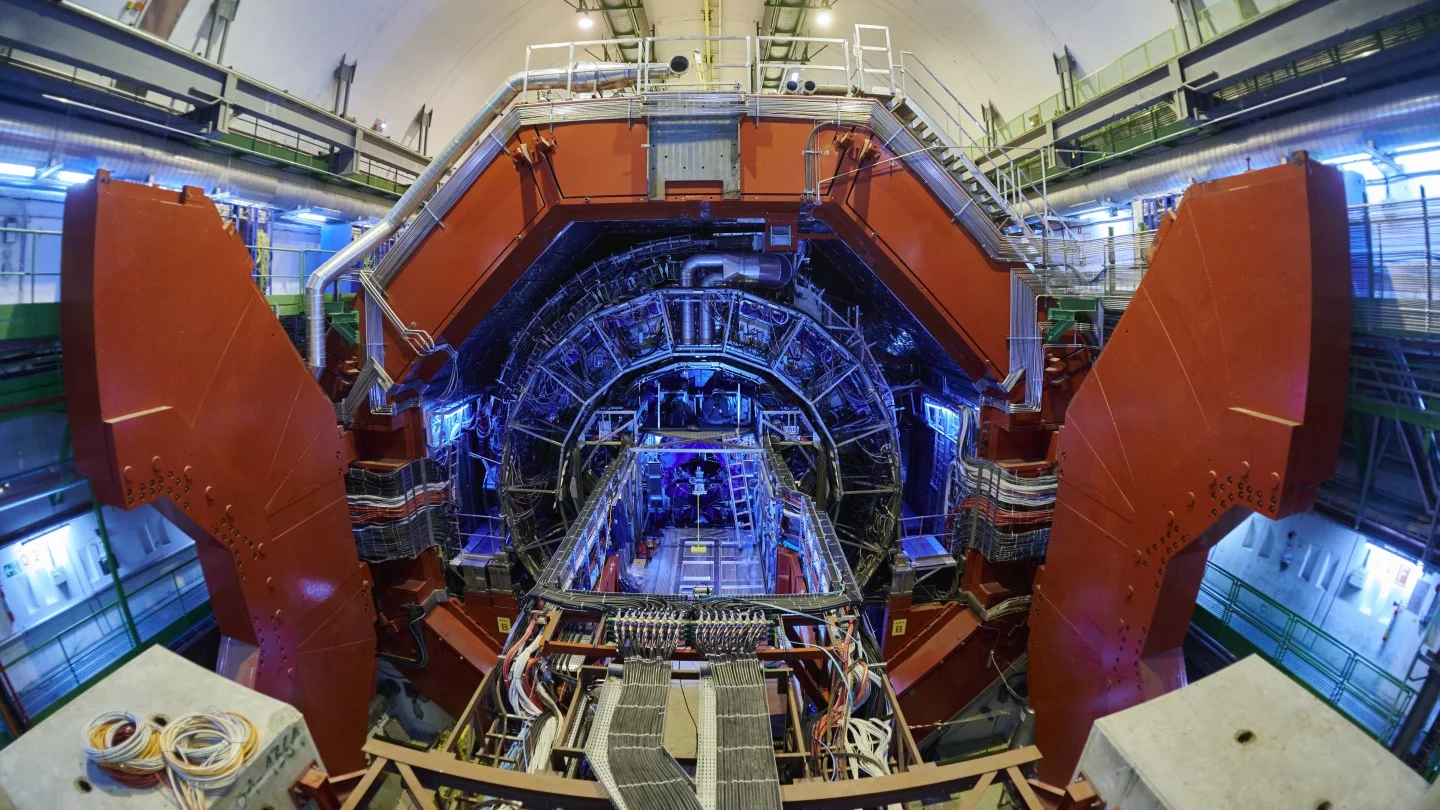Key Takeaways
1. Alchemists believed they could transform lead into gold due to similarities in their atomic structures.
2. Lead contains 82 protons, while gold has 79 protons, highlighting their atomic similarities.
3. Researchers at CERN’s ALICE experiment have observed the transformation of lead into gold during high-energy collisions.
4. These collisions can reach trillions of electron-volts and can create around 86 billion gold nuclei momentarily.
5. The produced gold exists only for a very short time, limiting its practical value despite the theoretical transformation.
The alchemists of old believed it was possible to transform common lead into precious gold, due to their similar traits.
Later findings confirmed their theories, revealing that lead (Pb) contains 82 protons while gold (Au) has 79 protons, showing strong similarities in their atomic structures.
A New Discovery
Even with this knowledge, the transformation of one into the other has always been deemed impossible—until now. Researchers from the ALICE (A Large Ion Collider Experiment) at CERN assert that they have witnessed this phenomenon firsthand.
Their observations stemmed from the ALICE team’s mission to collide heavy lead ions, allowing them to investigate the quark-gluon plasma that forms during these high-energy collisions.
High-Energy Collisions
These collisions, which can reach extraordinary energies of trillions of electron-volts (TeV), are said to be capable of displacing protons from the nuclei of the ions, transforming them into other elements, including gold.
The ALICE team claims their experiments may have produced around 86 billion gold nuclei at once, roughly equivalent to 2.9 ×10^-11 grams (g) of gold.
A Momentary Existence
Moreover, this gold only survives for an incredibly short time after the collision.
Thus, while the age-old dream of turning lead into gold (or chrysopoeia) may have finally been realized, it might not fulfill the aspirations of early scientists throughout history.
Source:
Link


Leave a Reply